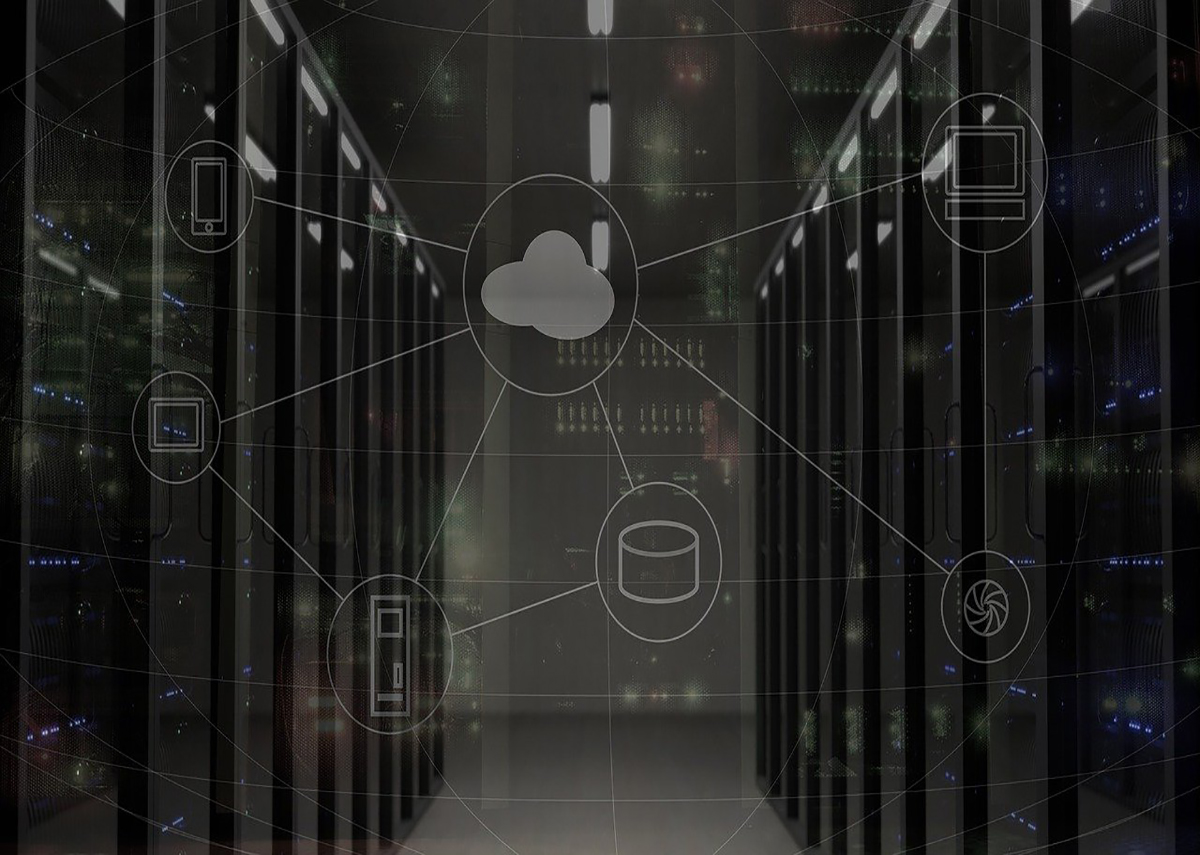Learn Better Data Management with Edge Computing
Share

Organizations that are willing to break through traditional cloud-based networks are considering edge computing as their best option. Undoubtedly, cloud computing still plays a vital role in modern network architecture. As technologies like the Internet of Things are meeting new boundaries, companies are rethinking their IT infrastructure.
Many companies are curious about edge computing and how it is different from traditional solutions for data processing. The basic principles of edge computing are undemanding, whereas its benefits towards network architecture are a little complex. Edge computing elevates the cloud platform while offering flexibility.
Furthermore, it ensures a more efficient and streamlined IT infrastructure. You might want to deliver better services to your customers or break into the IoT market. Either way, you should be aware of the benefits of edge computing.
How Edge Computing Helps with Data Management
1. High-Speed Data Travel
Businesses offering data-driven services to their customers cannot afford slow speeds as it will damage the company’s reputation. You may not find this critical, but slow speeds and poor network performance negatively influence your business growth. Edge computing offers increased network performance by reducing latency.
Because edge computing based IoT devices use local data from nearby data centers, the information doesn’t have to travel long distances. Data doesn’t travel at the speed of light. It follows the same laws of physics as any other object in the universe. However, fiber optic technology enables data to travel about 2/3 the speed of light.
2. Data Security
Edge computing is a secure network, and it offers numerous security advantages. Traditional cloud computing is vulnerable to power outages and distributed attacks. Since it is a centralized system, the data is prone to cyberattacks.
On the other hand, edge computing includes distributed storage, processing, and applications on different data centers and devices. Therefore, it becomes harder for cybercriminals to decode the entire network. With edge computing, smaller chunks of data are at risk in a single moment.
3. Scalability
Many companies cannot create personal dedicated data centers. They cannot afford to build expensive infrastructures and maintain them in the future. Certainly, traditional IT infrastructure limits the company’s growth.
When an organization is expanding, it has limited resources to capitalize on its opportunities. Fortunately, edge computing with cloud-based technology makes it easier for businesses to upscale their operations. The storage, computing, and analytical capabilities of a business are in different bundles. Therefore, companies can efficiently expand and manage their edge network.
4. Adaptability
Besides scalability, edge computing is versatile and encourages expansions without additional spending. Edge data centers minimize physical distance and latency to provide uninterrupted streaming services. Edge computing provides actionable data without forcing the end-user to log in to centralized data centers. Instead, it always connects them to data centers and generates data for future analysis.
5. Consistency
Edge computing enables end-users to connect with the data center and process data with reliability. Edge data centers reduce the risks of network problems and connect the user to distant devices if the infrastructure encounters an issue. Furthermore, these networks operate on their own, as they natively manage processing functions.
Conclusion
Edge computing is becoming popular among small and large businesses. It offers significant benefits to companies going forward. As new and innovative devices are constantly hitting the market, experts only focused on the surface of edge computing. Currently, professionals and researchers are working on increasing its efficiency as a network.




